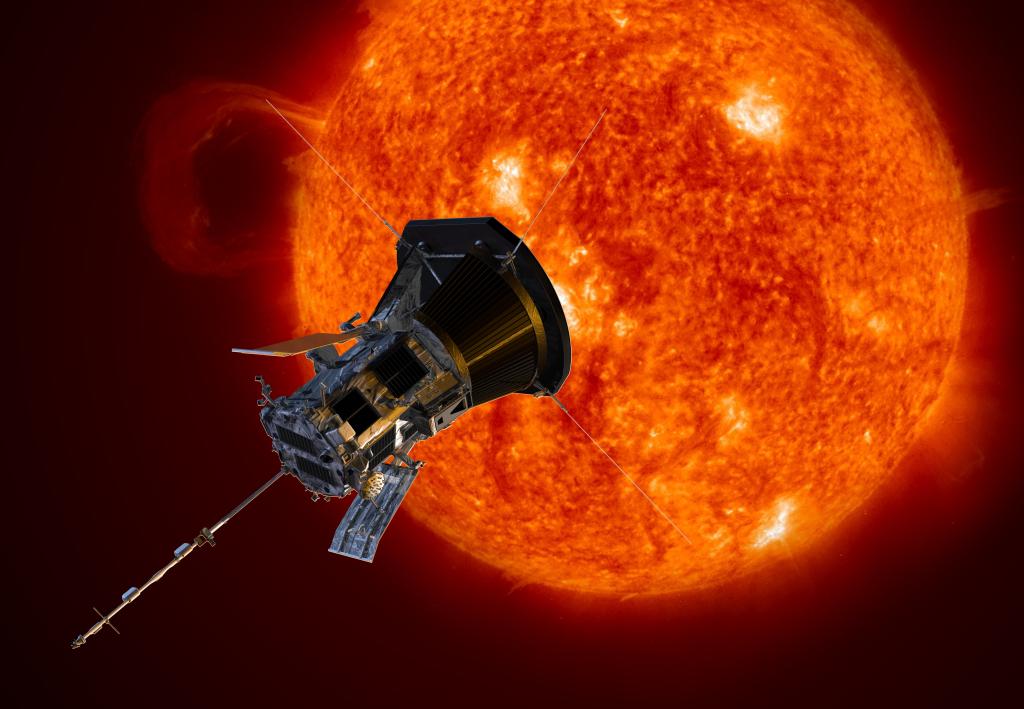
A shield assembly that protects an instrument measuring ion and electron fluxes for a NASA mission to touch the Sun was tested in extreme experimental environments at Oak Ridge National Laboratory—and passed with flying colors. Components that will fly aboard Parker Solar Probe, which will endure intense heat near the Sun after it launches this summer, will contribute data to improve our ability to forecast space weather, which can disrupt communications satellites and power grids. The mission will also help explain why the Sun’s corona is hotter than its surface.
To validate the survivability of the shield assembly and instrument at 9.86 solar radii from the Sun, an ORNL team1 exposed the equipment to 3,227 degrees Fahrenheit for 2–72 hours and simulated an irradiance intensity of 65 watts per square centimeter using ORNL’s Radioisotope Power Systems Program and Plasma-Arc Lamp facilities, respectively. These exposure tests exceeded the worst conditions that the mission is predicted to experience in the corona.
Andrew Driesman, project manager of the Johns Hopkins University Applied Physics Laboratory, which designed, built and will operate the spacecraft for NASA, said, “ORNL’s support was crucial in completing our testing on time by helping to solve difficult materials and technical challenges.”
1 Adrian Sabau, Tom Muth, George Ulrich, Chuck Schaich, Mike Littleton, Greg Cox, Brian Friske, Daniel T. Moore, Jim Kiggans, Nidia Gallego, Donna Balltrip
The research used specialized facilities at Oak Ridge National Laboratory of the Radioisotope Power Systems Program, which is funded by the National Aeronautics and Space Administration through the U.S. Department of Energy’s (DOE) Strategic Partnership Projects with the DOE Office of Nuclear Energy, and the Plasma-Arc Lamp, which is funded by the U.S. Department of Energy Office of Science (Fusion Energy Sciences). The National Aeronautics and Space Administration funded the work through DOE’s Strategic Partnership Projects.






